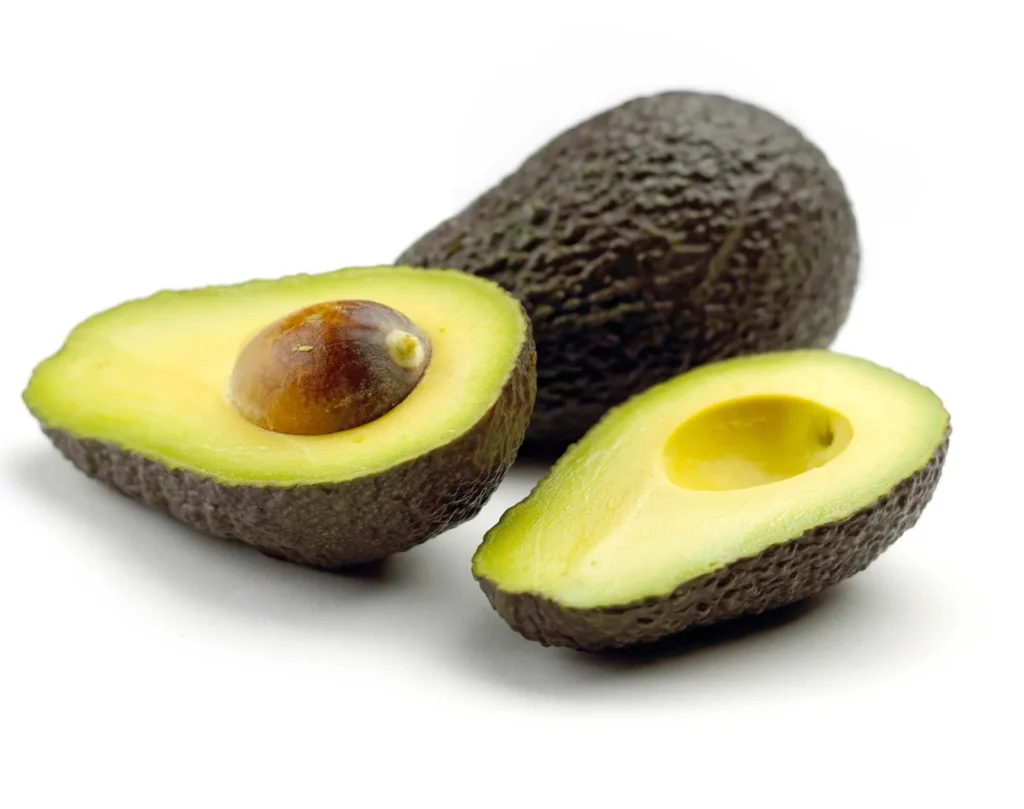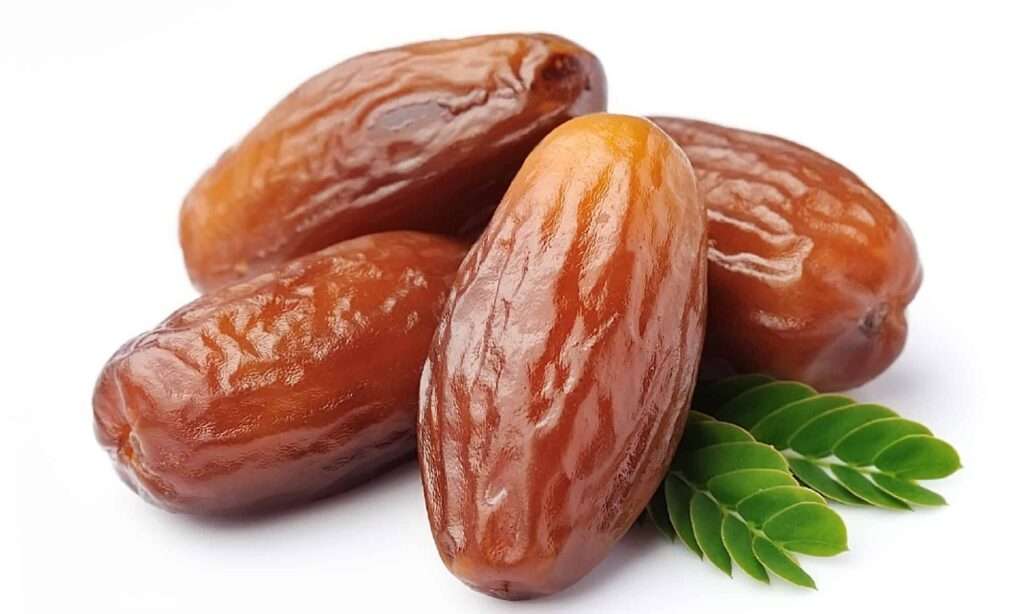
Description
The fruits of gooseberries are comparable in size to little grapes or giant peas. Unripe and green, they have a sour flavor, but when they ripen in late June and early July, the fruit becomes pink or red and softens, acquiring a sweet, tangy flavor. The flavor of ripe gooseberries is frequently compared to grapes or apples.
Varieties
Popular American gooseberry varieties include “Hinnonmaki Red,” which has dark red fruit, “Hinnonmaki Yellow,” which has green fruit, and “Pixwell,” which has berries that mature to a rich purple colour.
A hybrid of American and European gooseberries called “Captivator” has nearly thornless crimson fruit.
The ‘Invicta’ type of European gooseberry, which has enormous, greenish yellow berries, is a well-liked cultivar.

Uses
The sour fruit is consumed when ripe and is frequently used into jellies, wine, preserves, pies, and other treats.
Nutrition
1 cup of gooseberries have:
Calories: 66
Protein: 1 g
Fat: less than 1 g
Carbs: 15 g
Vitamin B5
Vitamin B6
Vitamin C
Fiber: 7 g
Manganese
Potassium
Copper
Cultivation
Grow gooseberries in full sun, healthy soil that is moist yet well-drained. To keep gooseberry bushes in a goblet shape, prune them annually. In the autumn, cover with well-rotted compost, manure or leaf mould.
Table





